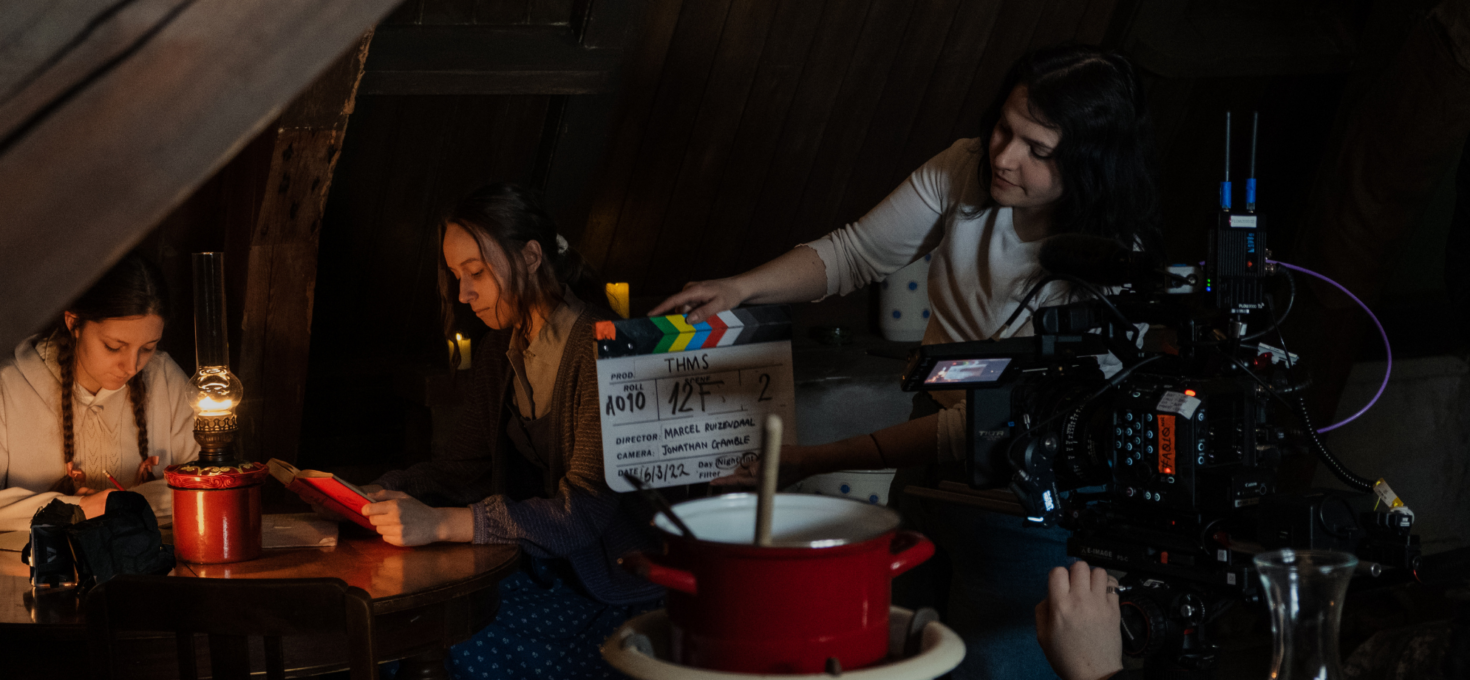The acting industry is moving fast. Casting directors want to be able to see if you’re the right person for the job in a matter of minutes (seconds even!). That’s why having these 3 things ready to go will make you look professional and increase your chances of booking a job.
In this article, I’ll give an overview of the 3 things that you should keep up to date at all times. Keep an eye out for the next couple of posts that will go in depth about how to create the specific components, tips, tricks and rules.
-
- Your headshot
Your headshot is your first impression!! It’s the first thing casting directors see of you and it’s what can grab their attention in a big sea of faces.
Ideally you want to have a few options showing different sides of you. So that you can always pick a headshot that fits the role or project you’re auditioning for. If you don’t have the possibility to have multiple ‘personality’ shots, at least make sure you have a ‘commercial’ one and a ‘dramatic’ one.
The photos should be vertical, and approximately 8:10 in size. When a casting call asks you to send a headshot, make sure you send one (maaaaaybe two of you really think it adds something). Don’t send them your whole photoshoot.
Another thing that is good to have on hand is a full body shot. Most of the time you’ll be asked to send this in too. Make sure this picture gives a general idea of your body type. You don’t have to go all model, skinny jeans and a top, but just don’t go oversized everything.
-
- Your resume
Your resume should give anyone reading it a quick overview of what experience you have. In case of commercial bookings, production always wants to know whether you’ve worked with competing brands before.
Generally your CV includes:
-
- Some information about you (height, size, phone/email )
- Previous roles and projects
- Training
- Any special skills / languages spoken
You don’t wanna make your resume too funky because the whole point of it is for it to be clear and professional. One easy way to do this is with Canva.
-
- Your showreel
Your showreel is something you build along the way. All scenes of previous projects that you think show off your acting ability well can go in here. You want to show your range and versatility here.
When you’re just staring out and casting wants to see some material, it’s a good idea to have a monologue or scene properly filmed like a self tape (I’ll go more in detail about self tapes in a future post). This way you still have something to show for yourself.
As a starting actor, a good length of showreel is about 1-3 minutes, you don’t want to make it too long because most casting directors will only watch the first bits anyway. (So also make sure you’re strongest bits are at the start)
When you have gathered quite some material from different projects (yay, good job!), it might be a good idea to split your reels. You can make a separate ‘commercial reel’ and ‘dramatic reel’ for different casting calls, or go even further and split your dramatic reel into multiple genres.
Now as for how to get people to see it: productions generally don’t like to be sent download links to showreels because they’d take up too much unnecessary space. Instead, post your video on Vimeo or YouTube as a private video so you can share the link to it anytime.
Have any questions or suggestions? As always: don’t hesitate to let me know. And as mentioned before, I’ll go in depth about self tape auditions and the 3 components listed here in later posts to explain how to make them look as professional as possible.

[…] a previous post we talked about your ‘media kit’ and 3 things you should have ready and up to date at all times. In this post we’ll dive deeper into the process of filming self […]